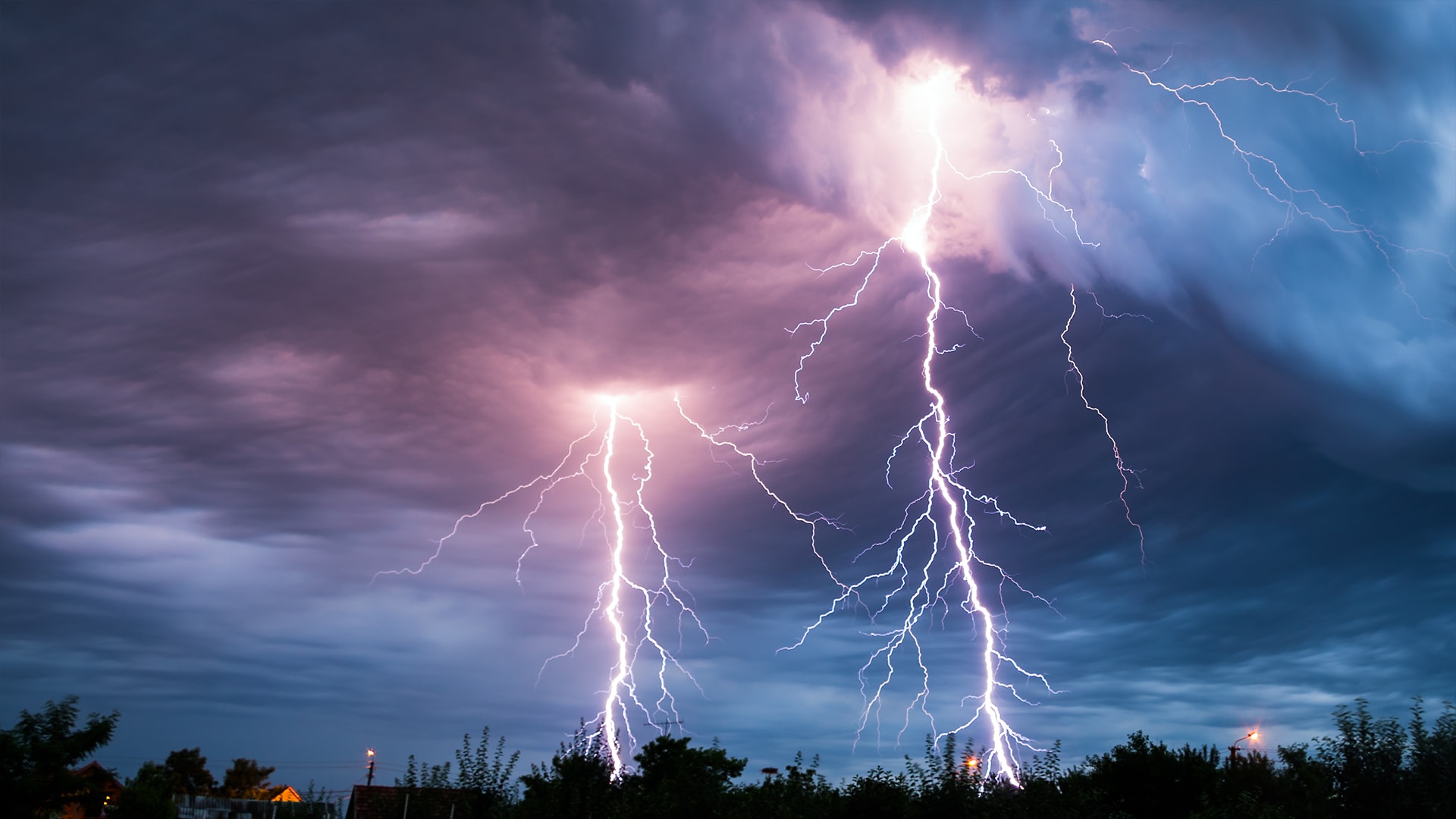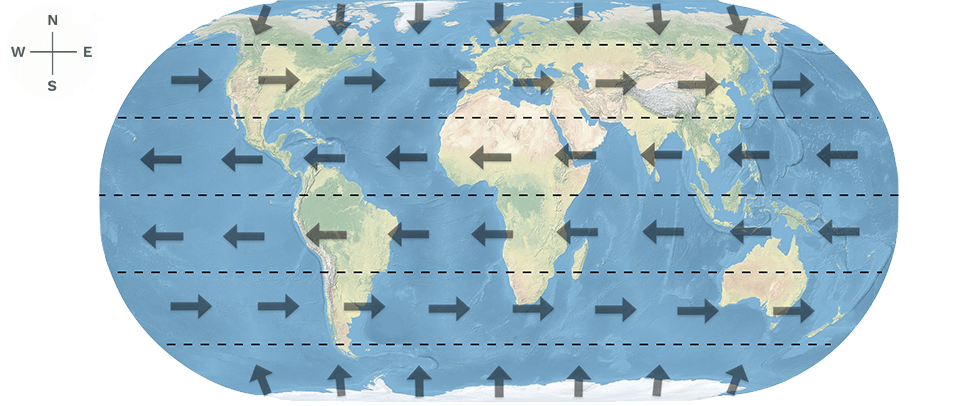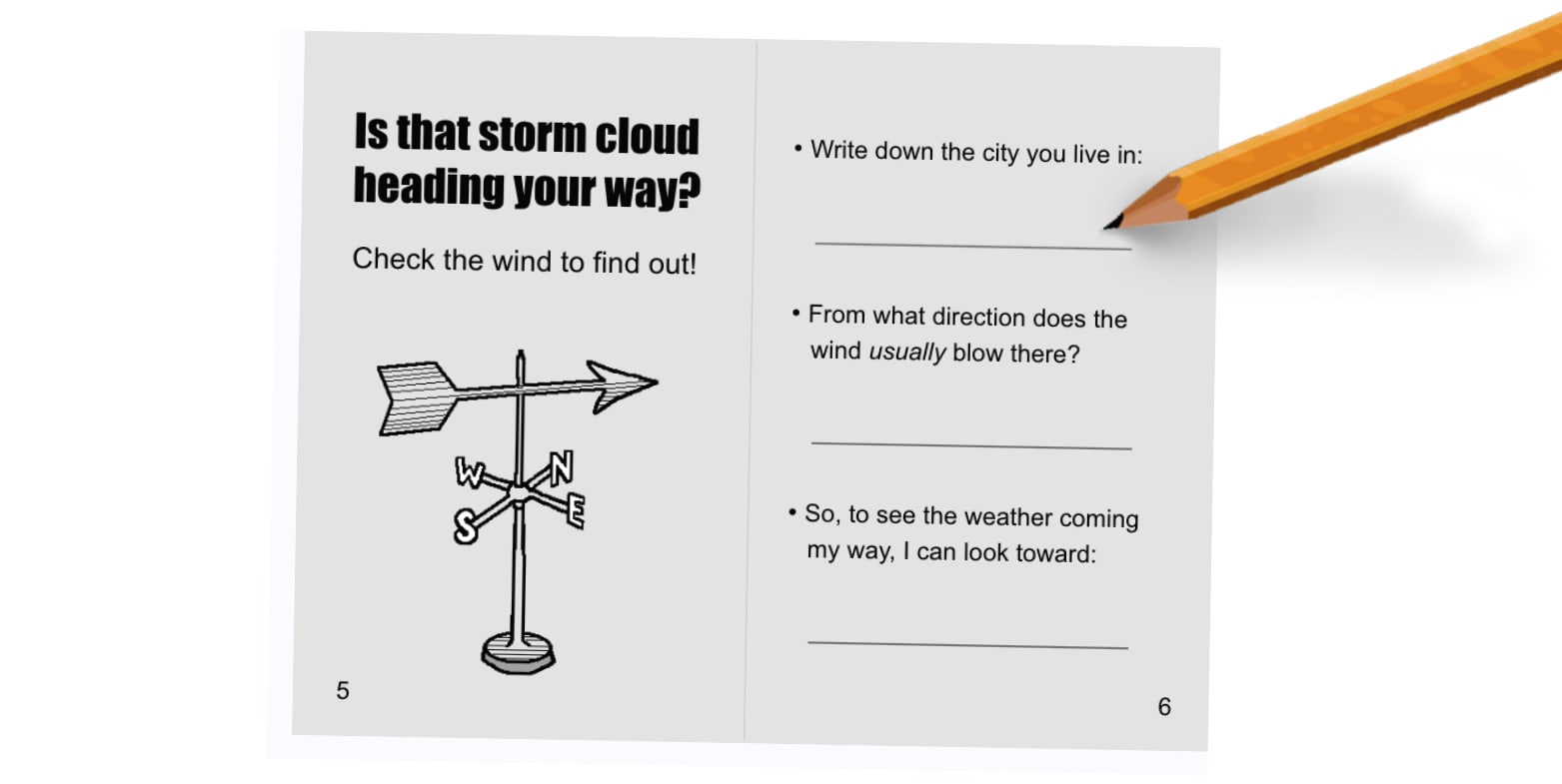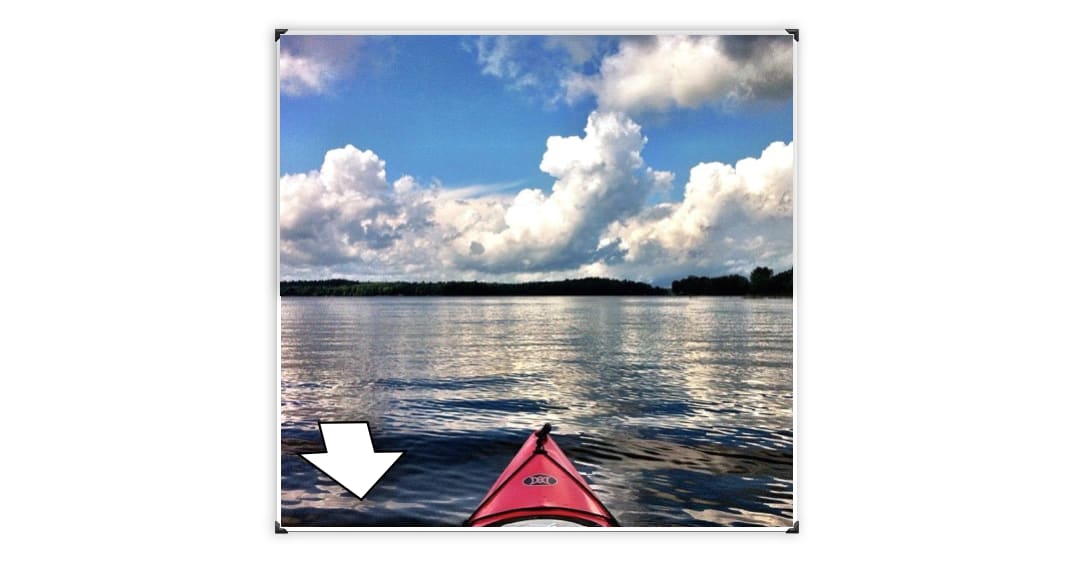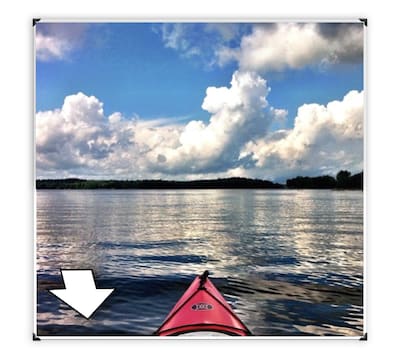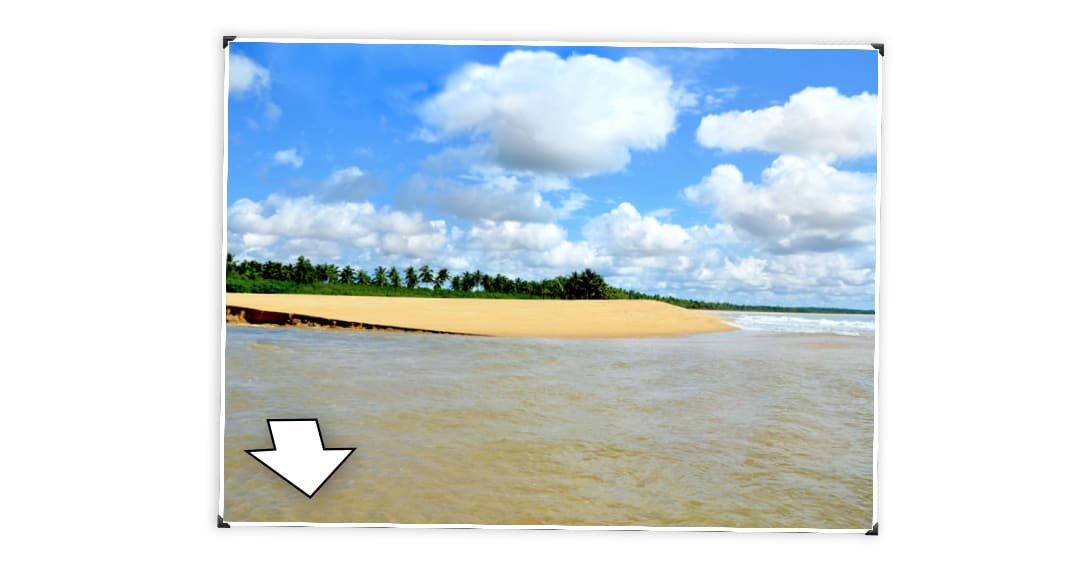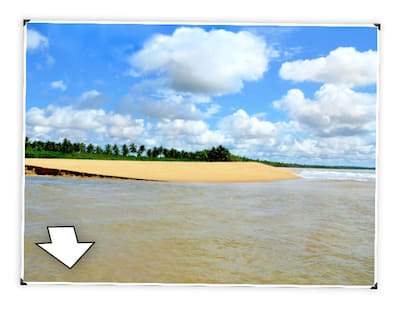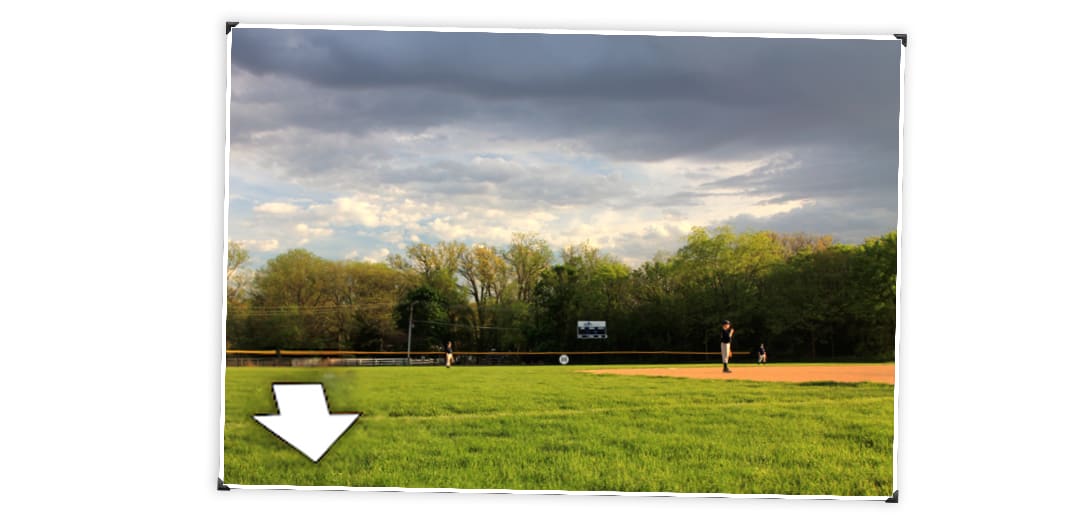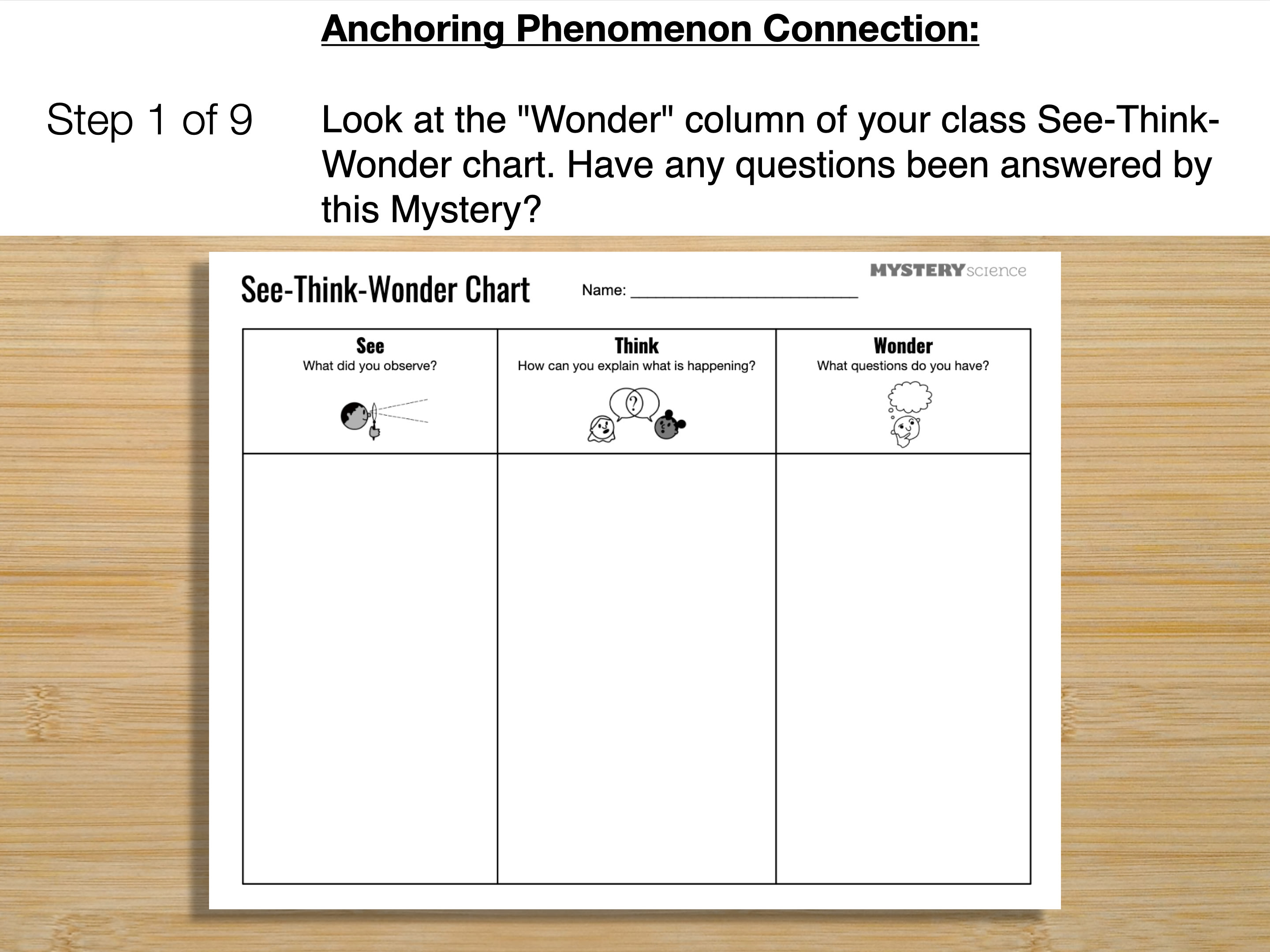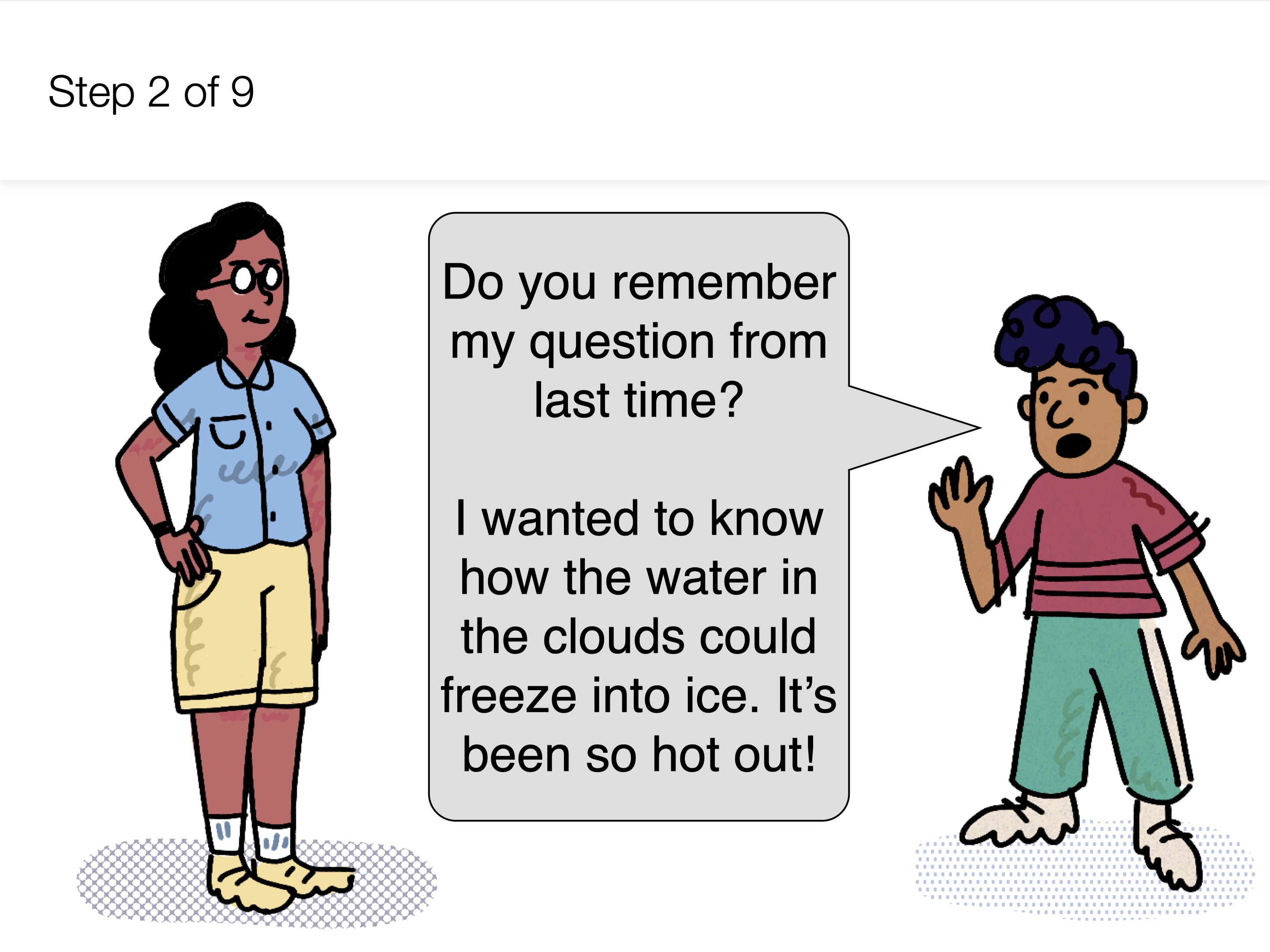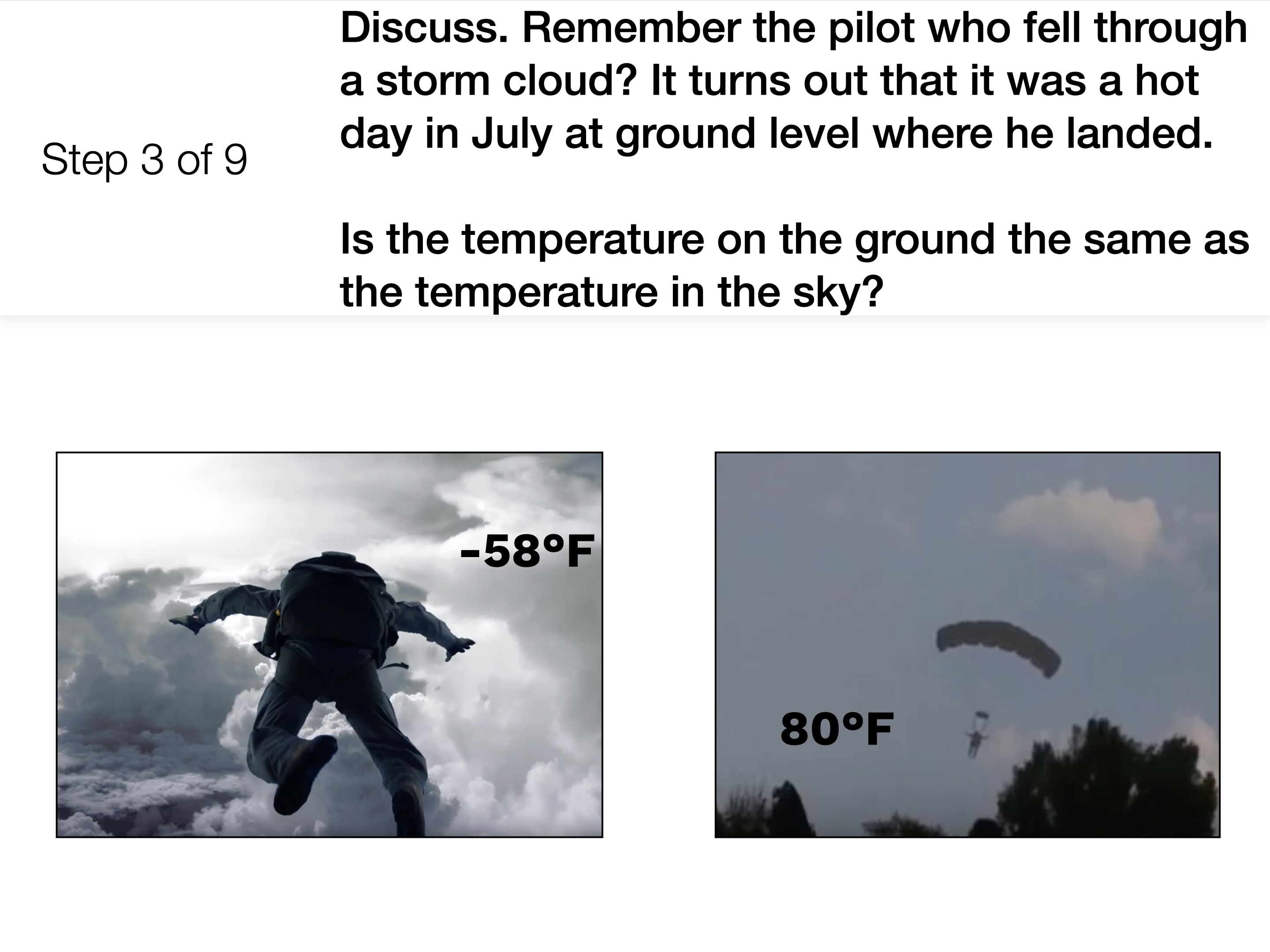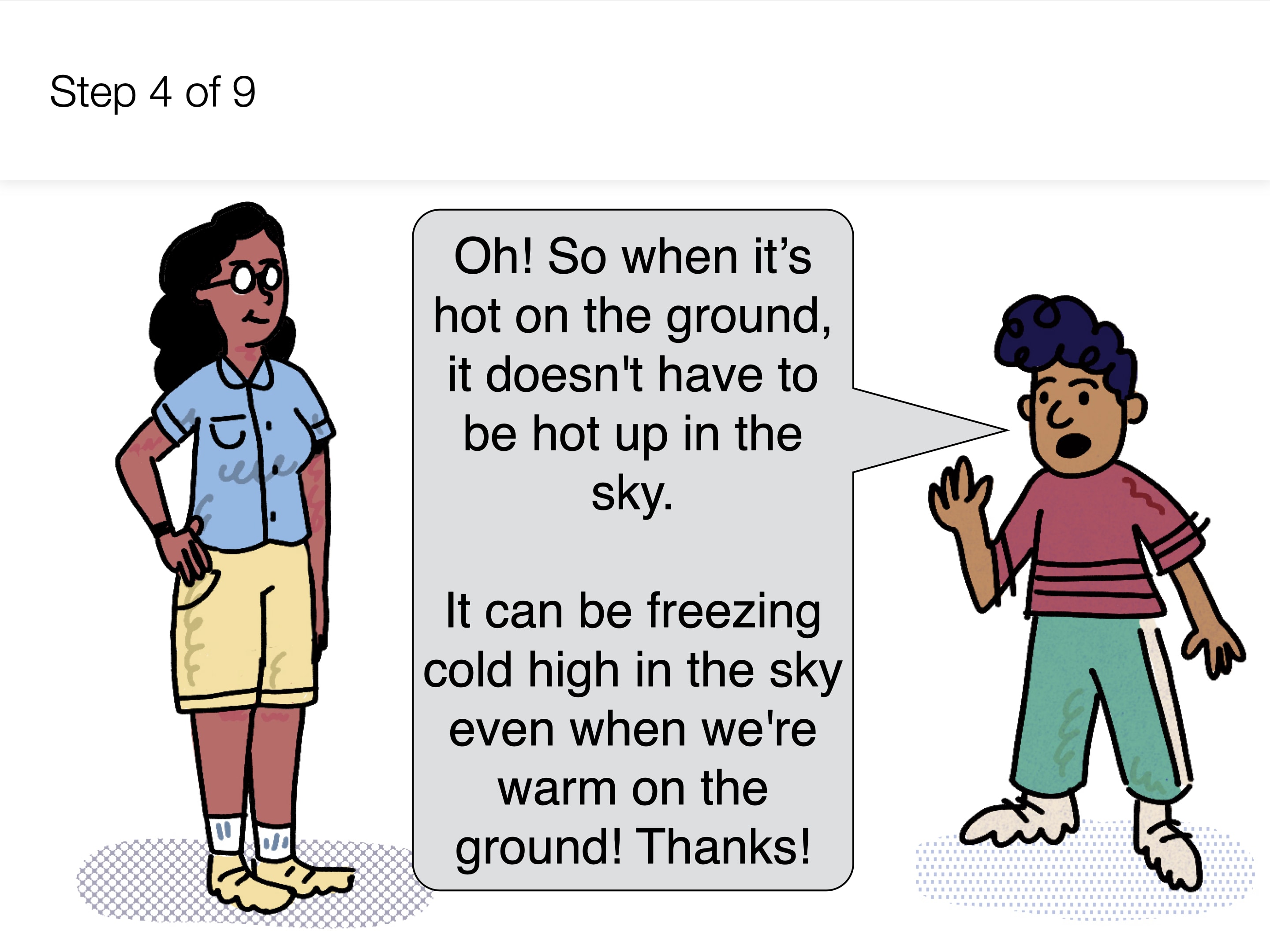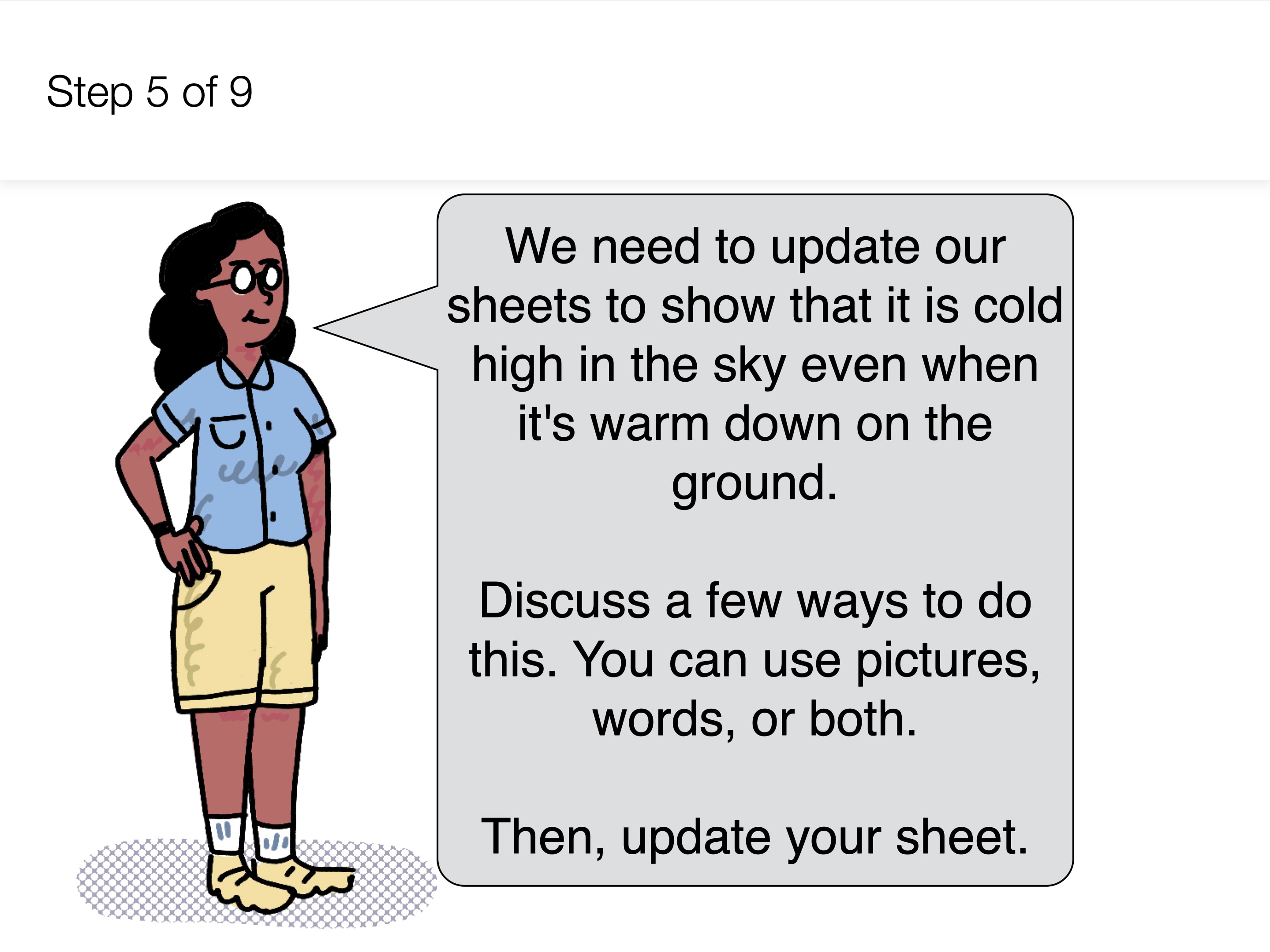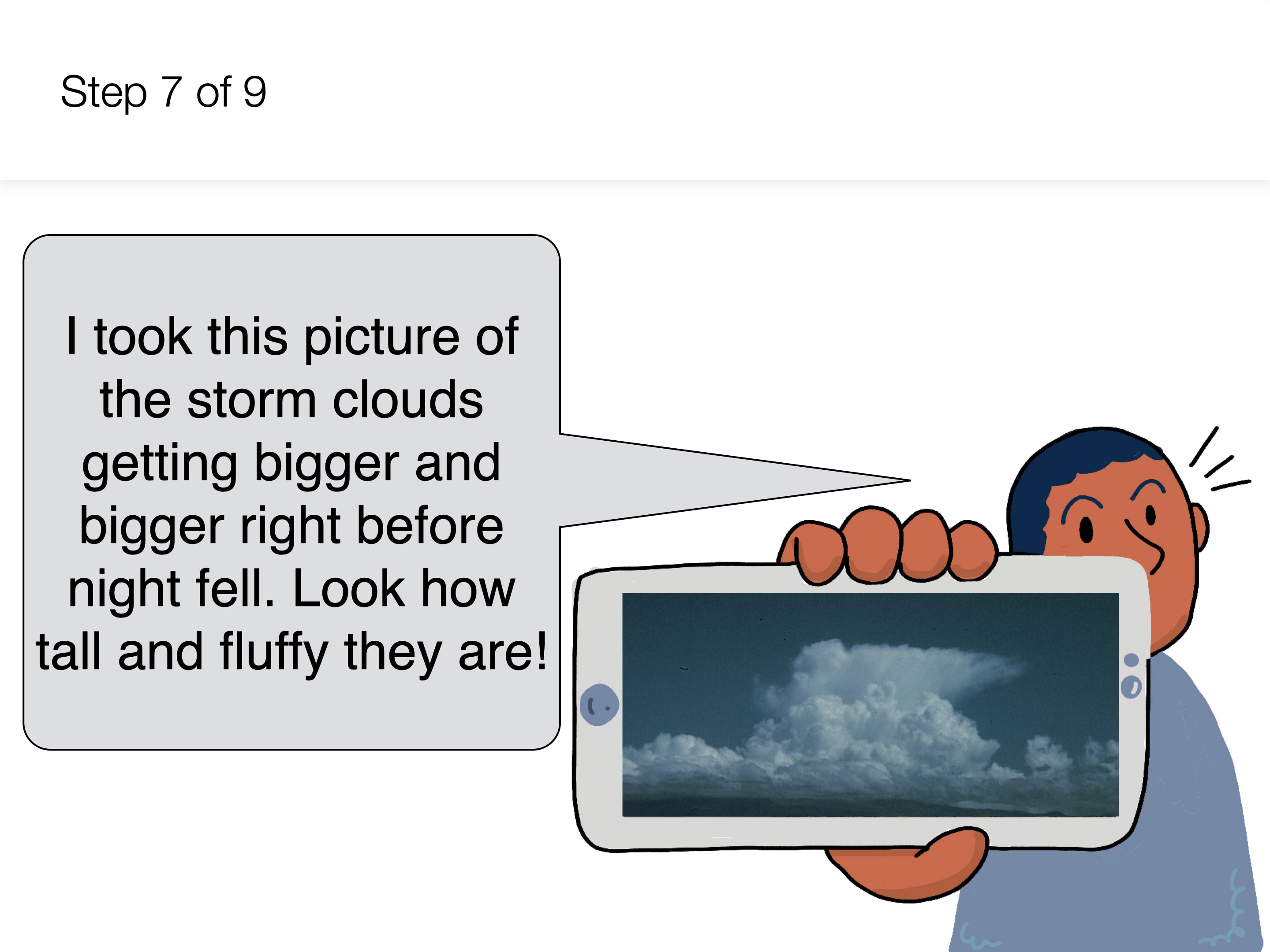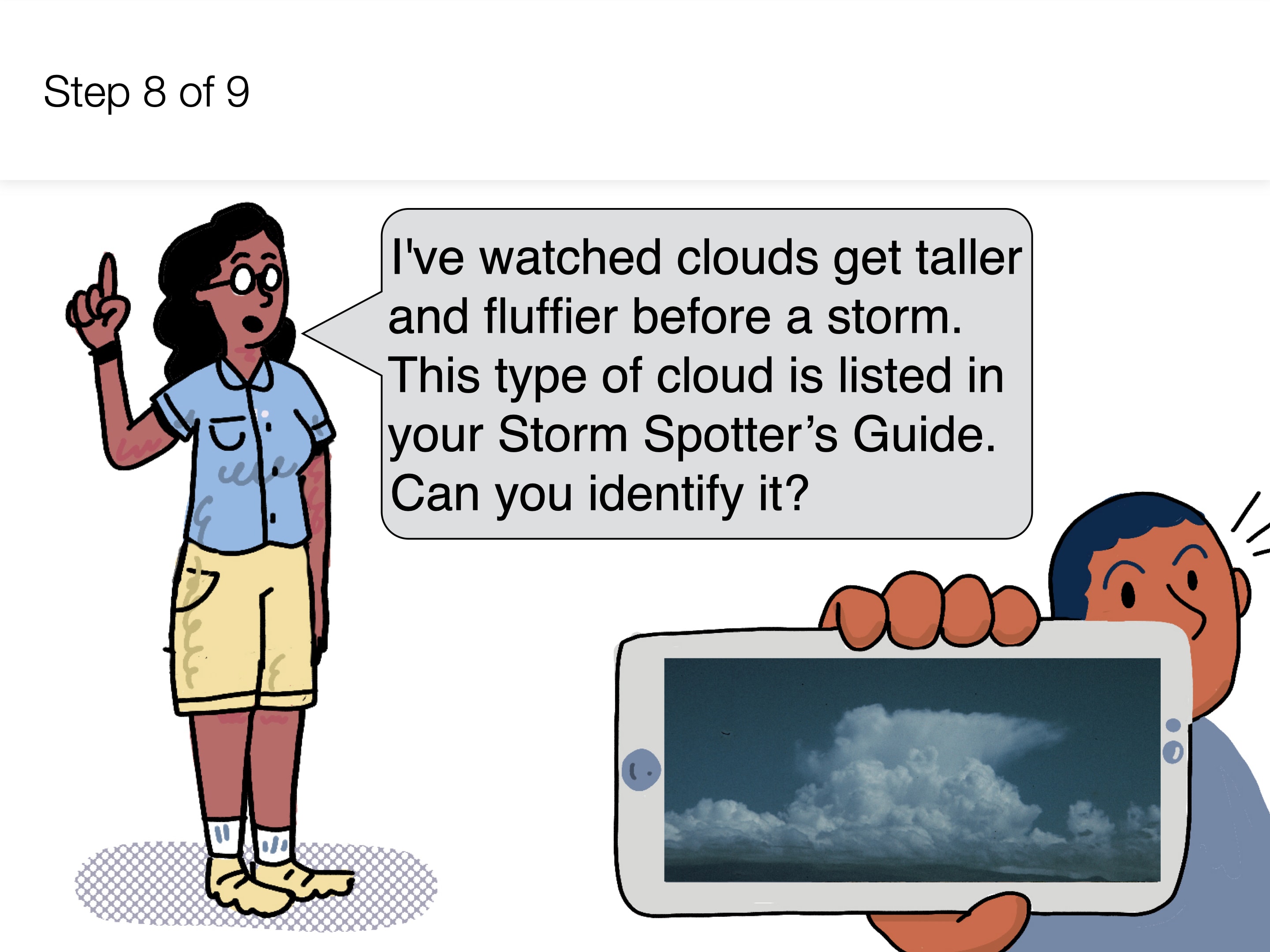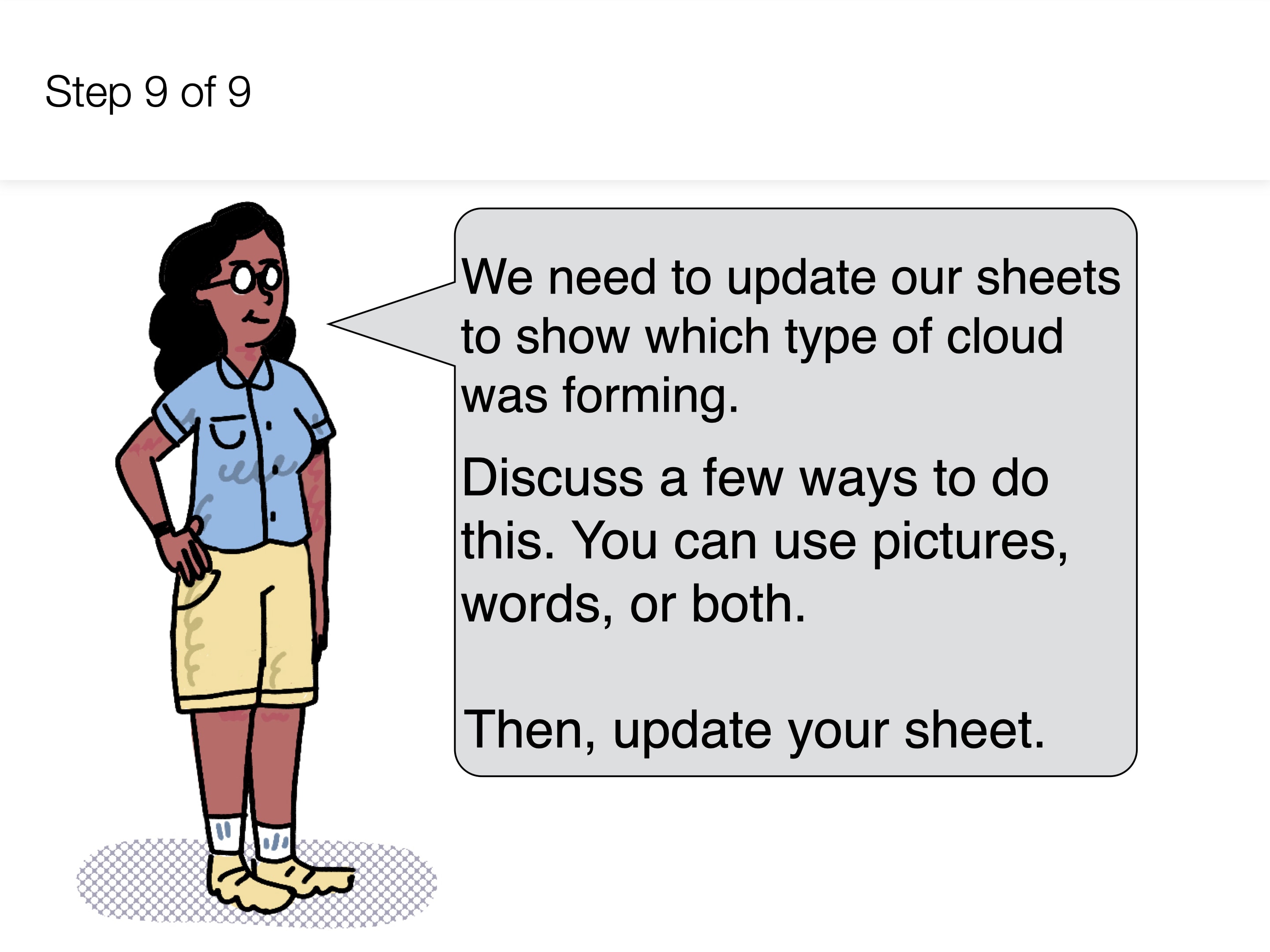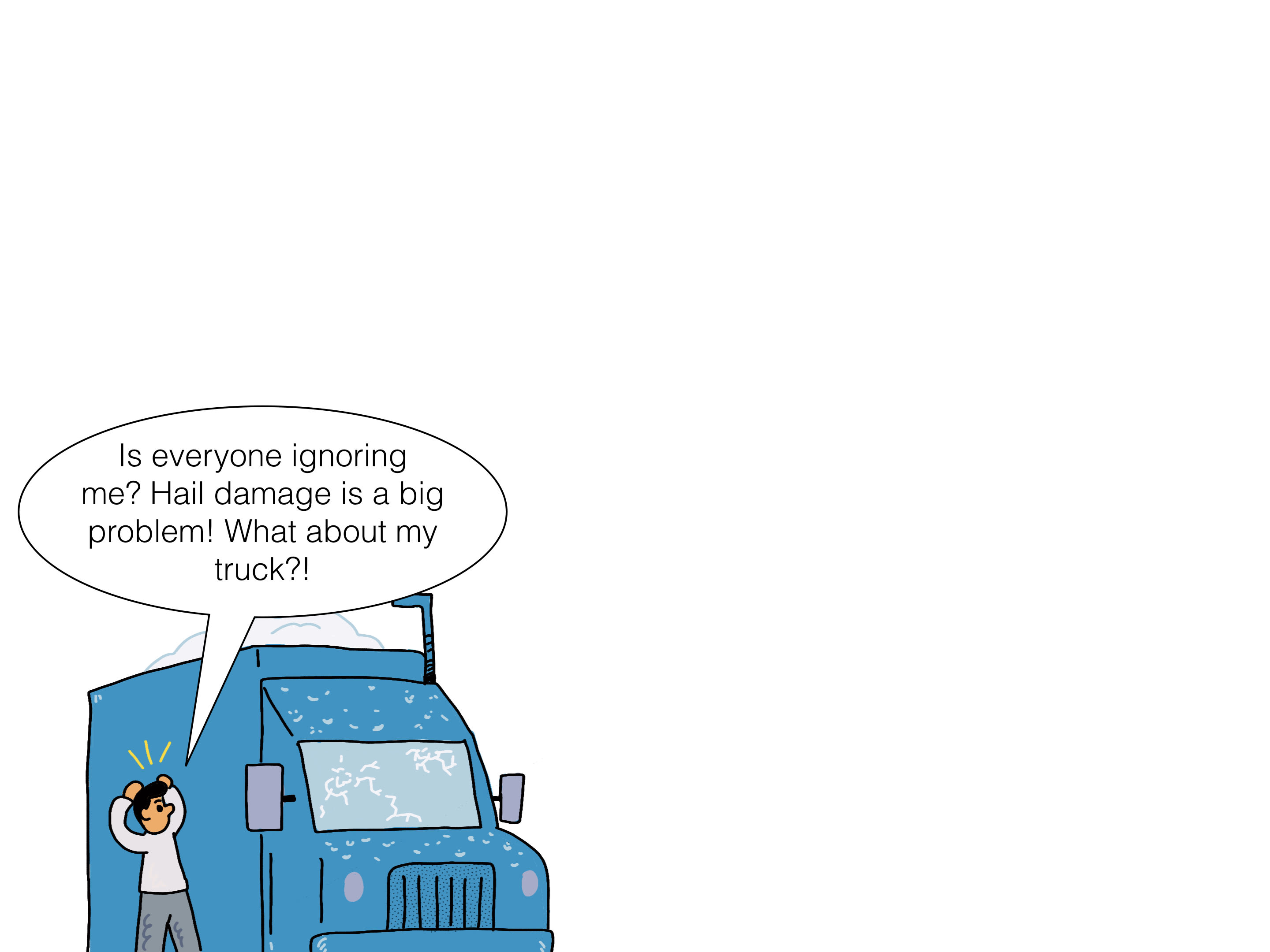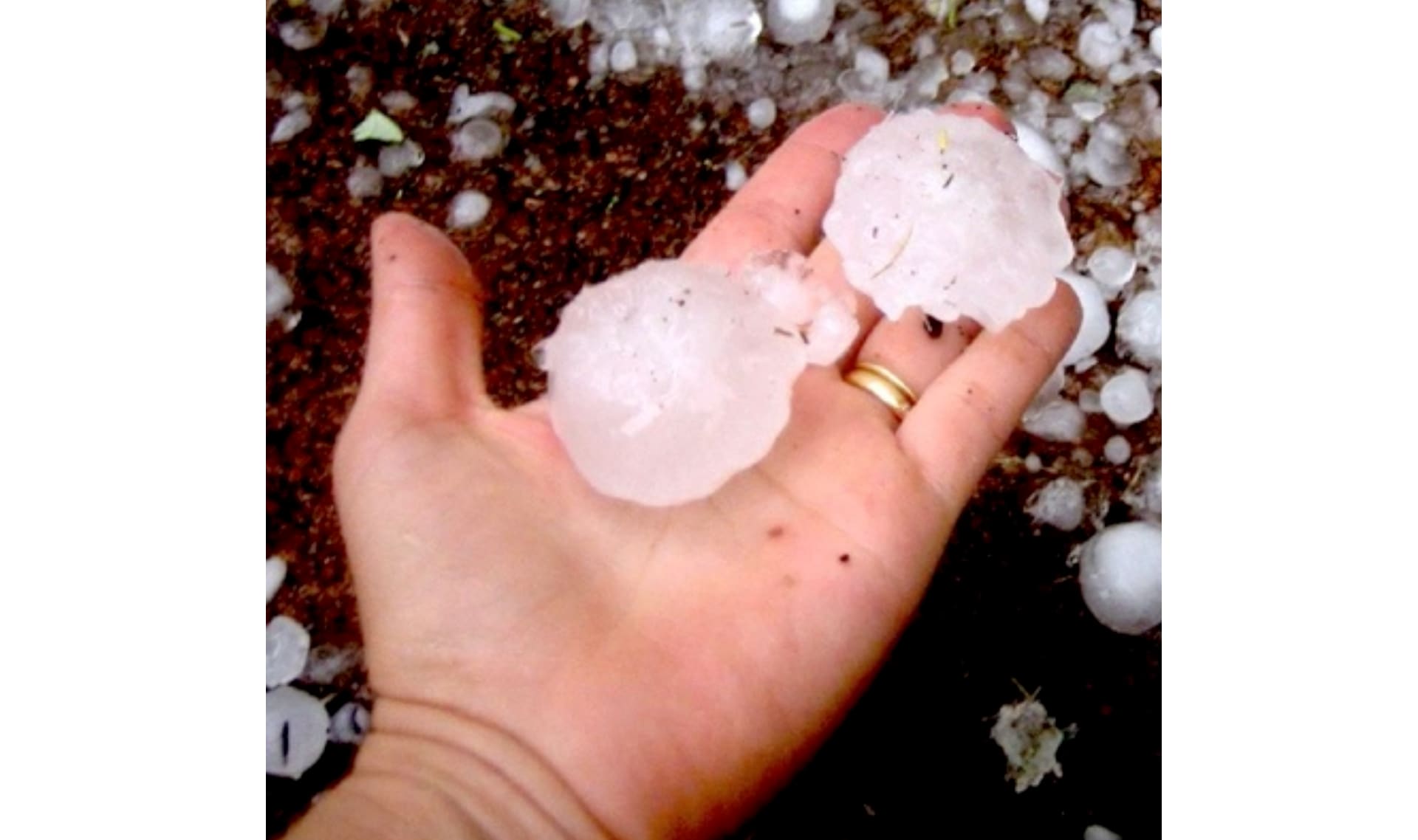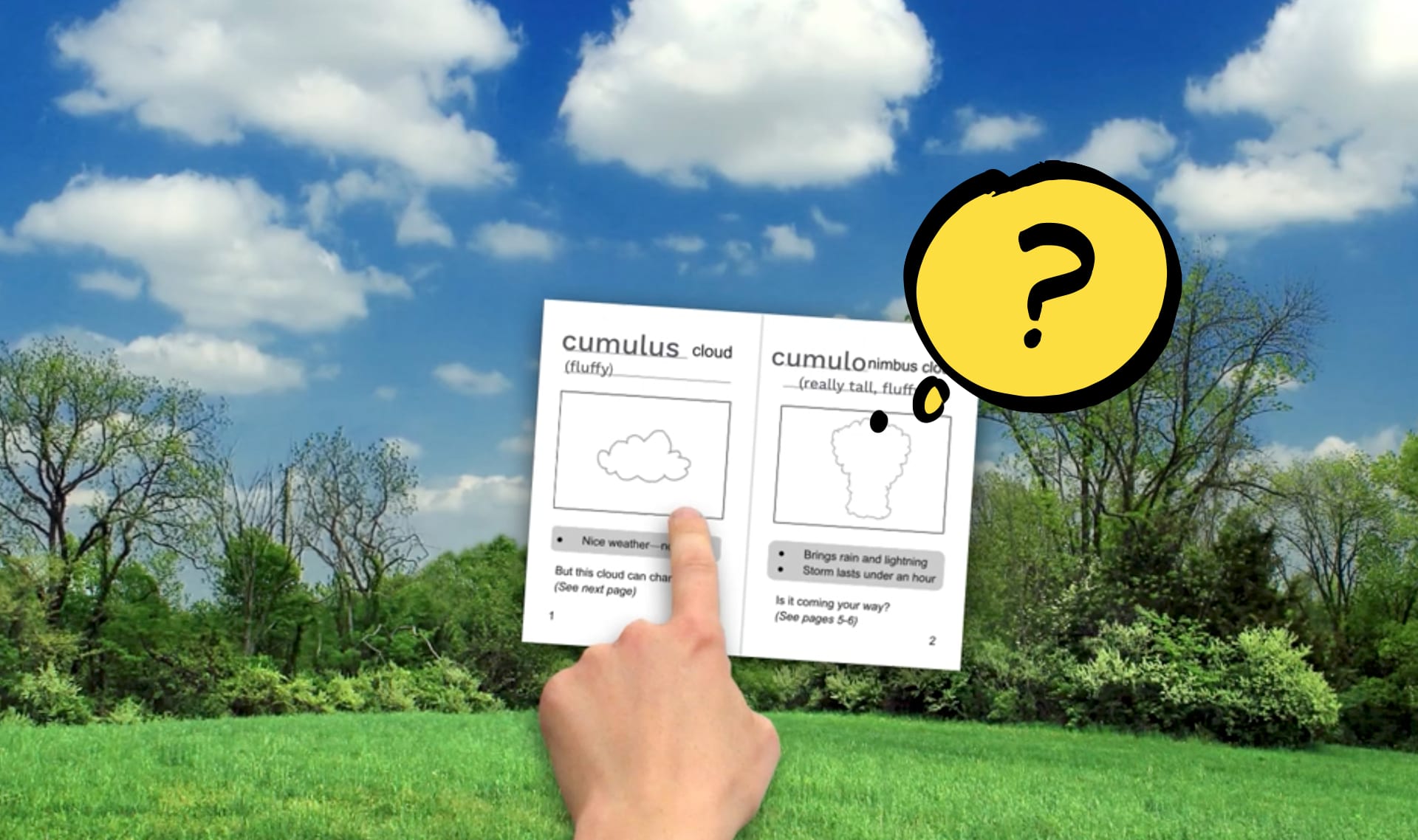Mystery Science respects the intellectual property rights of the owners of visual assets.
We make every effort to use images and videos under appropriate licenses from the owner or by
reaching out to the owner to get explicit permission. If you are the owner of a visual and
believe we are using it without permission, please
contact us—we will reply promptly and make
things right.
Exploration
storm clouds by
NOAA Photo Library
, used under CC BY
/ cropped
lightning storm by
Mary Qin
, used under CC BY
/ cropped, trimmed
thunder storm by
Sarah Coyne
, used under CC BY
/ cropped, trimmed
plane flying by
Elizabeth Hunter
, used under CC BY
plane by
TSgt. Michael Haggerty, USAF
/ heavily modified
clouds seen from plane by
Jakec
, used under CC BY-SA
/ heavily modified
cockpit by
Airman 1st Class Veronica Pierce, U.S. Air Force
/ heavily modified
large puffy cloud by
Ron Pieket
, used under CC BY
/ cropped
hand break by
Ildar Sagdejev
, used under CC BY-SA
/ cropped
man skydiving by
skeeze
/ heavily modified
sky by
Kevin Dooley
, used under CC BY
/ heavily modified
man parachuting by
skeeze
/ heavily modified
rain clouds by
GPS
, used under CC BY
/ heavily modified
lightning bolt by
Unsplash
/ heavily modified
parachuter by
tpsdave
/ heavily modified
hail by
FCB Excalibur
, used under CC BY-SA
/ cropped, adjusted color
cumulus clouds by
Colorado Clouds Blog
, used under CC BY-SA
wrist watch by
stock.tookapic.com
cloud watching by
Leland Francisco
, used under CC BY
/ Heavily Photoshopped
cloud formation by
epSos.de
, used under CC BY
off trail view by
Nicholas A. Tonelli
, used under CC BY
beach by
Darkest tree
, used under CC BY-SA
time lapse cloud formation by
Mathieu Descombes
cumulonimbious 2 by
Sfortis
, used under CC BY-SA
cumulonimbious 4 by
Neil Tackaberry
, used under CC BY-ND
thunder cloud by
Neil Tackaberry
, used under CC BY-ND
raining cloud by
Aislinn Ritchie
, used under CC BY-SA
tall cloud by
Neil Tackaberry
, used under CC BY-ND
bedroom by
Amy Gizienski
, used under CC BY
map by
Ktrinko
grassy area by
Nicholas A. Tonelli
, used under CC BY
